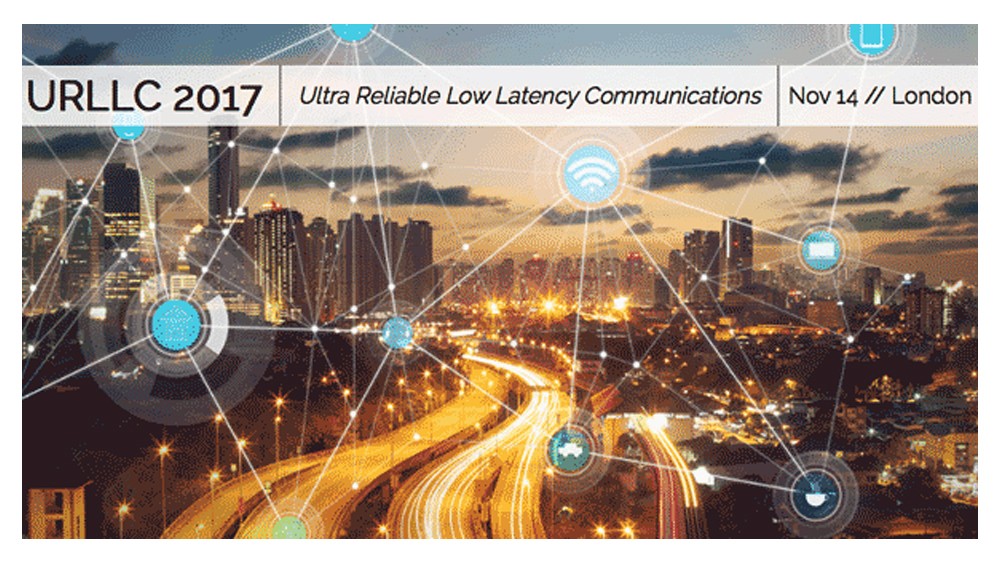Employees from aconium GmbH brought exciting impressions of developments in mobile networks of the future from the British capital.
Future applications require the intelligent networking of millions of sensors, devices, processes and people. The technical infrastructure of the 5th generation of mobile communications, 5G for short, will form the basis for this in the future. URLLC (Ultra Reliable Low Latency Communication) is an application area of 5G. It concerns applications and services where fast (“low latency”) and reliable (“dependable”) communication is particularly important.
Using current application examples and future scenarios, a conference entitled “Building the Foundations of URLLC” on November 14, 2017 in London illustrated how deeply this development will soon impact all areas of life.
Application contexts of URLLC and 5G
Two key areas of application that were discussed in London are driver assistance systems and developments in the field of autonomous driving. As a dynamic system with a vast number of participants and undeniable dangers, road traffic relies on reliable communication between all devices and technologies involved. The more autonomous and convenient mobility becomes, the more important it is to have functioning connections between vehicles and automated traffic management systems, for example, but also between vehicles themselves. Another major field of application for URLLC – and therefore naturally also a topic at the conference – is industrial automation. The frequently cited Fourth Industrial Revolution (Industry 4.0) brings with it extreme flexibility and comprehensive networking of the production chain, including individual requests. Individualization is the keyword here. The implementation of individual data in production processes requires fast and targeted communication between production facilities and the various stages of planning and design. 5G is a great opportunity here and could have an impact in industrial automation that far exceeds that of the assembly line, which triggered a revolution in mass production over 100 years ago. In addition, applications from the energy sector – so-called smart grids – and medical technology – including remote-controlled surgical robots – were also presented in London and discussed in connection with 5G technology.
Network slicing as a key indicator
In addition to the case studies, the focus was on technical details of the 5G architecture. One panel particularly emphasized the importance of network slicing as one of the most important key indicators for 5G. Network slicing is an innovation in the 5G core network. It describes its ability to flexibly allocate resources and make them available to specific user groups on a dedicated basis. Overall, the event in London showed that 5G holds immense potential for the applications of the future. Whether industrial production, mobility, energy, medicine or traditional digital services – almost all areas of life will be affected. The standardization of 5G has not yet been completed. The recently published 5G study by aconium GmbH, which was commissioned by Hessen Trade & Invest (HTAI), provides further insights into the topic.
Image: Banner of the URLLC Conference 2017.
Image credit: executive industry events.


